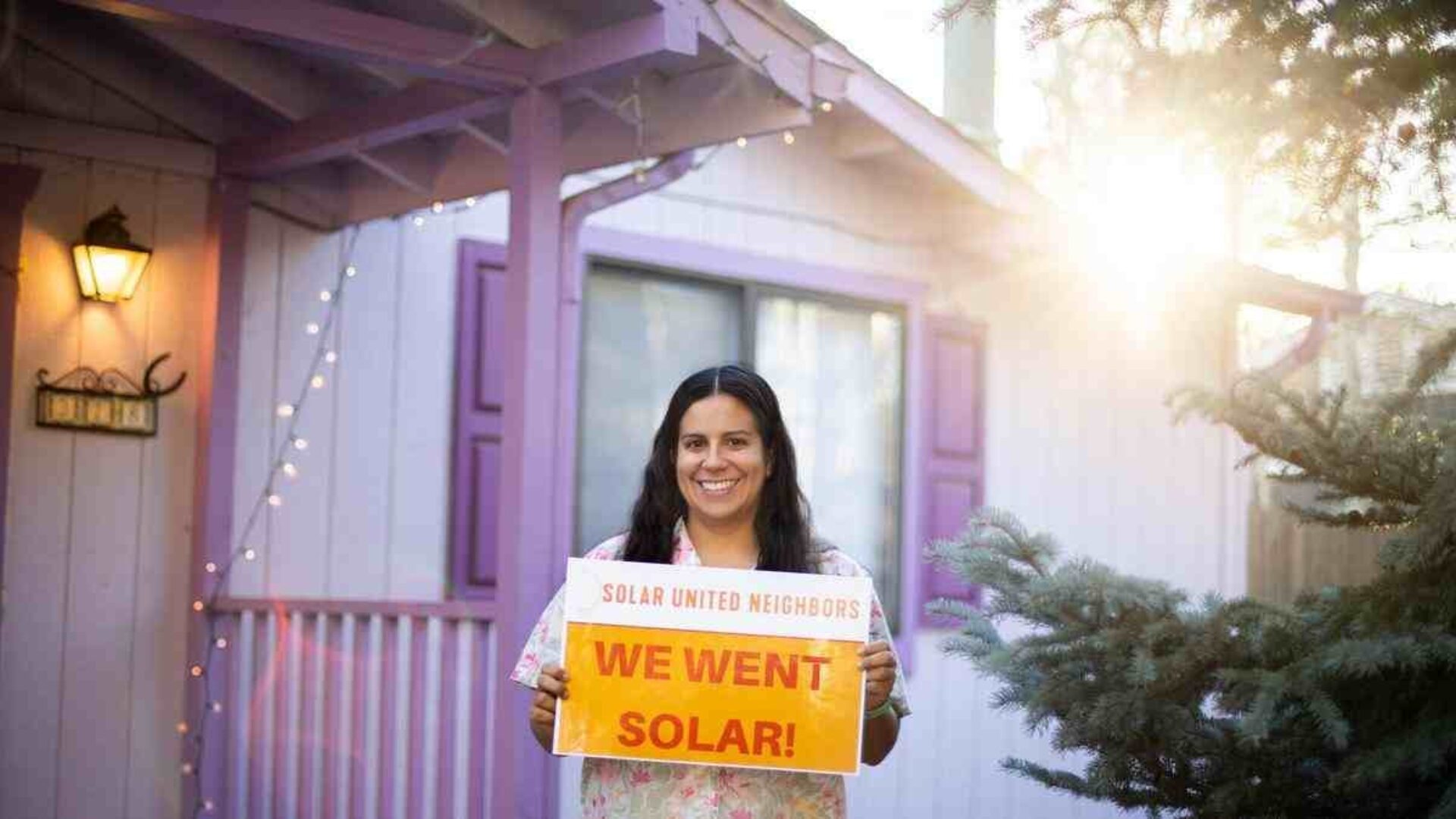How to read your electric bill
- Solar affordability

Receiving the first utility bill after a solar system is switched on is an exciting moment. From that first bill onward, you are a different kind of electricity customer. You produce energy as well as consume it. Your relationship with the utility company changes. So does your utility bill.
This can lead to confusion and calls to the utility customer service line. There are several charges and different line items you need to keep straight.
Below we’ve broken down the sections from a typical utility bill to help you understand where your money goes. You will typically see the primary charges section on your bill. The other charges section may or may not be listed on your bill.
Common utility bill charges & terms
Primary charges
(These are on most electric bills.)
Rate
This is how much your utility charges based upon the type of customer you are. Utilities charge residents, businesses, and industrial facilities different rates.
Customer charge
The customer charge is paid whether or not you use any electricity or not. This is important for solar customers to consider. Even if you are able to offset all of your energy consumption, there will still be this small charge to pay.
Distribution charge
The part of your electric rate that covers the delivery of your electricity to you.
Non-fuel charge
This is the portion of your electric rate that goes to pay for maintaining the transmission system and power plants.
Fuel-charge
This is what you pay for the fuel used to generate your electricity.
Other charges
These may not be on your bill depending on your electricity plan and your utility.
Storm charge
This charge could be to repay costs resulting from storm cleanup needs after a damaging weather event.
Franchise charge
This is paid to municipalities to allow the utility to operate in their jurisdiction.
Utility tax
This is tax levied by municipalities on utility service.
Demand charge
Applied to the maximum power (kilowatts) you use during the billing period or during peak times. Peak times are when the overall demand for electricity is highest.
Off-peak charge
When you’re charged less for what you use because providing electricity at this time costs the utility less than usual.
Peak charge
When you’re charged more than usual for what you use because providing electricity at this time costs the utility more.
Tracking solar on your utility bill
In most cases, you won’t use all of the electricity your system generates at the moment it’s made. Some of it you will. The energy you don’t use right away goes through your meter and your neighbors use it. When this happens, you earn a credit on your bill.
Your bill will show you how much energy you’ve sent out. This will be less than what your own energy reporting shows. Your solar array monitoring will show a higher number of kilowatt-hours (kWh) for generation than what is reported on your electricity bill. This is because your utility only tracks the solar energy that goes through your electricity meter.
The way your bill looks pre-and post-solar will depend on your utility.
Here’s an example of what you might see on your bill:
- 906 kWh = The energy used by the utility
- 378 kWh = The solar energy sent out by your system
- 528 kWh = The difference between in and out as metered by the utility
Using the example above, let’s say your solar array’s monitoring report showed you made 800 kWh of energy during this billing period. This would be the outbound energy from the system to your home. Based on the above, that means you consumed 422 kWh (800 kWh – 378 kWh) of solar energy on site during the billing period.
So your total home electricity usage for this billing period is 1,328 kWh. That’s the 906 kWh you consumed from the utility, plus to the 422 kWh you used immediately from your solar. Because you produced 378 kWh in credits during the month, the utility only billed you for 528 kWh of the energy they saw you use at the meter.
The impact of budget billing
Some utility customers use budget billing. This payment method averages the cost of electricity service over the course of the year and deducts equal amounts each month. The utility company uses your previous year’s usage as the starting point. Each year it re-calculates this amount for the next year. If you have overpaid (i.e. used less electricity than budgeted) during the year, you’ll get a credit. If you underpaid (used more electricity than budgeted) you get billed more.
When solar is added to budget billing, the credits you generate from solar will reduce your bill. But, the utility will not change the initial budget billing amount to reflect your overall reduced usage from solar until the next budget billing year. Many solar homeowners find it less confusing to remove the budget billing feature from their accounts.
Who to contact with questions
Reading your bill properly lets you verify your utility is accurately crediting you for your solar. Contact your utility’s customer service department if you have any questions about your electric bill.
Get the latest on solar straight to your inbox.
Fight for your solar rights.
Everyone has the right to go solar. Spread the sunshine nationwide and in your local community by taking action, joining events, and more.